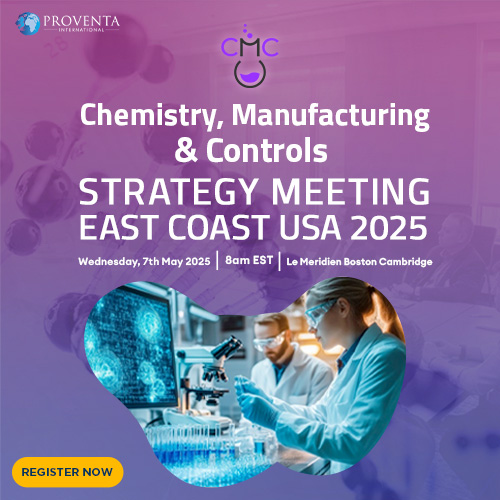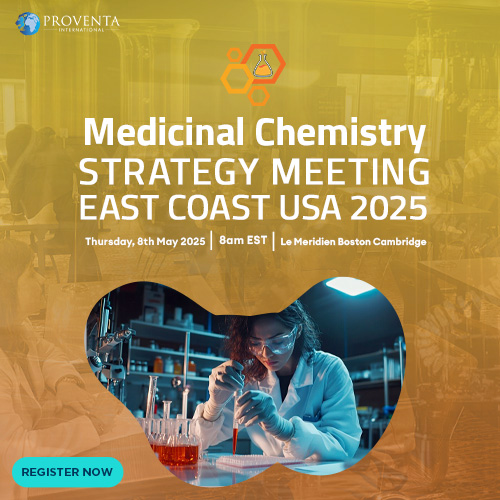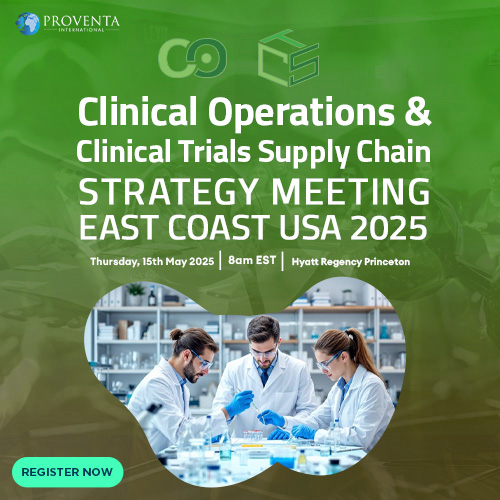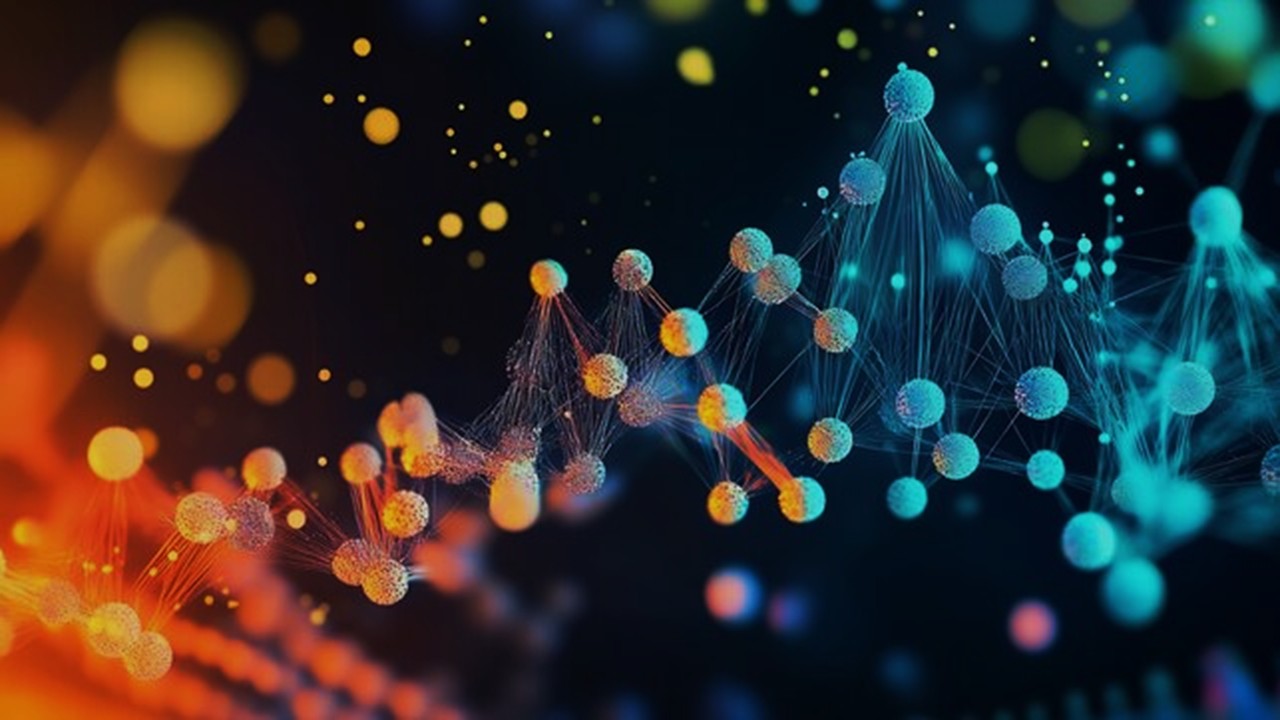Beneath the sprawling landscape of electronic health records lies an untapped goldmine—billions of clinical notes, radiology reports, and discharge summaries containing insights no structured database could capture. Natural language processing (NLP) has emerged as the master key to this treasure chest, transforming free-text medical documentation into computable knowledge. From extracting subtle adverse drug reactions buried in progress notes to identifying undiagnosed genetic disorders hidden within decades of physician narratives, modern NLP architectures are learning to read between medicine’s lines with human-like comprehension—but at machine scale. The implications are profound: real-world evidence generation, precision phenotyping, and drug safety surveillance are all being reinvented through techniques that parse clinical language not as words, but as encoded biomedical meaning.
Clinical Language as a Noisy Channel: The NLP Interpretation Challenge
Medical documentation presents unique linguistic hurdles that defy conventional text analysis—elliptical phrasing, inconsistent terminology, and layered clinical reasoning compressed into telegraphic notes. Computational linguists describe EHR text as a “noisy channel” where critical information is often implied rather than stated explicitly. A progress note might mention “started on new antipsychotic with QTc concern” without specifying the drug name or measured interval—requiring NLP systems to integrate knowledge across sentences and data types.
The contextual nature of medical abbreviations exemplifies this challenge. “SOB” could denote shortness of breath or surgical opening of the bowel depending on specialty and note section—a disambiguation task requiring domain-aware attention mechanisms. Modern transformer models handle this by maintaining specialty-specific embeddings that adjust interpretation based on document metadata like department or author role.
Temporal reasoning adds another layer. Clinical narratives often describe evolving conditions with relative time references (“symptoms improved since last visit”) that must be anchored to specific dates. State-of-the-art systems now incorporate temporal relation extraction modules that build timeline representations from fragmented mentions across notes.
Negation and uncertainty detection remain particularly nuanced. Phrases like “no signs of infection” versus “cannot rule out infection” carry opposite meanings despite similar wording—a distinction captured by hybrid systems combining syntactic parsing with clinical knowledge graphs.
The frontier involves multimodal clinical NLP—systems that jointly interpret text alongside associated lab trends, imaging findings, and waveform data to resolve ambiguities no single modality could clarify.
Transformer Architectures Meet Medical Jargon: Domain-Specific Model Optimization
The BERT revolution in NLP has been recalibrated for clinical text through models like BioBERT and ClinicalBERT—transformer networks pretrained on millions of medical notes rather than generic web text. Biomedical informaticians emphasize that this domain adaptation is crucial because clinical language follows different syntactic and semantic rules than everyday speech.
Tokenization presents the first adaptation challenge. Medical texts contain complex compound terms (“pneumonoultramicroscopicsilicovolcanoconiosis”) and gene symbols (“BRCA1”) that standard tokenizers split nonsensically. Clinical NLP models employ byte-pair encoding schemes optimized for biomedical vocabulary retention while maintaining subword flexibility.
Pretraining objectives require medical customization. Where generic language models predict masked words, clinical variants mask and predict UMLS concepts or SNOMED codes—forcing the model to learn clinically relevant representations. Some systems incorporate dual objectives, simultaneously predicting both the surface text and its corresponding ontological codes.
Attention mechanisms benefit from structural awareness. Models pretrained with section-aware position embeddings (differentiating “History of Present Illness” from “Assessment and Plan”) develop specialized attention patterns for each note segment—recognizing that medication changes in the plan carry more weight than historical mentions.
The most advanced clinical transformers incorporate dynamic terminology adaptation. As hospital systems update their preferred problem list vocabularies, these models continuously align their embeddings without full retraining—a capability critical for maintaining performance across evolving documentation practices.
Information Extraction Pipelines: From Named Entities to Clinical Concepts
Raw named entity recognition (NER) marks just the beginning—modern clinical NLP pipelines transform detected mentions into actionable medical concepts through multilayer normalization and linkage. A mention of “high blood pressure” might be mapped to both a systolic value (if nearby numbers exist) and a hypertension diagnosis (if appearing in the assessment)—each requiring different downstream processing.
Temporal attribute extraction adds crucial dimensionality. An extracted “chest pain” entity gains clinical meaning only when paired with its documented duration (“3 hours”), onset (“sudden”), and temporal pattern (“intermittent”). State-of-the-art systems employ graph neural networks to model these relationships as edges between entity nodes.
Negation and experiencer detection prevent false positives. The system must distinguish “patient denies headache” (negated) from “mother reports headache” (experienced by someone else)—a task handled by clinical assertion models trained on carefully annotated examples.
Concept normalization bridges lexical variability. “MI,” “heart attack,” and “myocardial infarction” all map to the same SNOMED code—a unification achieved through ensemble approaches combining term frequency, contextual similarity, and ontology hierarchy traversal.
The most sophisticated pipelines now perform clinical abstraction—synthesizing extracted entities into higher-order conclusions. Multiple mentions of fever, leukocytosis, and positive blood cultures might trigger an inferred “sepsis” classification even if never explicitly diagnosed.
Temporal Reasoning: Reconstructing Patient Timelines from Fragmented Notes
Clinical narratives scatter temporal information across notes—a lab result here, a symptom onset there—that NLP systems must reassemble into coherent timelines. Temporal relation extraction has emerged as one of clinical NLP’s most challenging and impactful capabilities.
Time expression normalization converts relative and vague references into computable forms. Phrases like “two days post-op” or “last winter” are resolved to absolute dates using the note’s timestamp as an anchor. Advanced systems maintain patient-specific calendars incorporating hospitalizations, procedures, and medication changes as reference points.
Event duration modeling captures clinically crucial patterns. A system recognizing that “intermittent chest pain” lasted “3 months” with “episodes of 10-15 minutes” creates a structured representation far more useful than either fact alone. Some models now incorporate physiological plausibility checks—flagging impossible durations like “fever for 2 years” for human review.
Temporal relation classification determines how events interconnect. Does “pain started after fall” imply causation or just sequence? State-of-the-art systems use temporal logic formalisms to represent uncertainty in these relationships rather than forcing binary decisions.
Longitudinal synthesis creates unified patient stories. By aligning extracted events from years of disjointed notes, NLP systems can now generate timeline visualizations that highlight disease progression patterns no single clinician could perceive across episodic encounters.
Phenotyping at Scale: From Free Text to Computable Cohorts
Precision medicine’s promise hinges on identifying patient cohorts with specific disease subtypes or treatment responses—a task clinical NLP performs by converting narrative evidence into structured phenotypes. Biomedical researchers highlight how this enables studies at scales impossible with manual chart review.
Rule-based phenotyping algorithms have evolved into hybrid systems. Where early approaches relied on keyword lists, modern implementations use NLP-derived features to train machine learning classifiers that capture diagnostic nuance. A lupus phenotype might incorporate narrative descriptors like “malar rash” and “photosensitivity” alongside ANA test results.
Temporal phenotyping adds crucial dimensionality. A diabetes classification becomes more precise when distinguishing “new onset” from “long-standing with recent worsening control”—distinctions often only documented in free text. Some phenotyping algorithms now incorporate trajectory modeling to capture disease evolution patterns.
Contextual exclusion criteria prevent false inclusions. A note mentioning “family history of breast cancer” shouldn’t trigger a cancer phenotype for the patient—a distinction made by NLP models that track experiencer and negation contexts.
The most advanced systems perform multimodal phenotyping. They combine NLP-extracted symptoms from notes with structured lab values and imaging findings to create enriched phenotype definitions that approximate clinical reasoning.
Adverse Event Mining: Reading Between the Lines of Safety Signals
Pharmacovigilance has entered a new era with NLP systems that detect adverse drug reactions (ADRs) from clinical notes’ subtle cues—often weeks before formal reporting. Drug safety experts note that these systems catch signals like “symptom improved after discontinuation” patterns that structured data miss.
Causal relation extraction distinguishes association from likelihood. A note stating “rash developed after starting lamotrigine” implies different causality than “rash and lamotrigine listed separately”—a distinction captured by transformer models trained on annotated ADR corpora. Temporal pattern analysis strengthens signal detection. Systems now recognize ADR hallmarks like “symptom onset within 48 hours of dose increase” or “recurrence upon rechallenge”—temporal patterns that substantially raise causality confidence.
Severity grading from clinical language remains challenging but impactful. NLP models can estimate ADR severity by combining explicit grades (“grade 3 hepatotoxicity”) with narrative indicators (“required ICU transfer”)—enabling automated risk-benefit assessments. The frontier involves predictive ADR monitoring. By analyzing narrative trends in early therapy (“mild tingling” progressing to “numbness”), some systems now flag patients at high risk for severe reactions before they fully manifest.
Deidentification at Scale: Privacy-Preserving Clinical NLP
The tension between data utility and patient privacy has spurred innovations in clinical text deidentification that go beyond simple redaction. Privacy engineers describe modern systems as “context-aware anonymizers” that preserve clinical meaning while removing identifiers. Hybrid named entity recognition is key. Systems use both rule-based patterns (for predictable formats like phone numbers) and machine learning (for context-dependent identifiers like “her daughter Emily”) to achieve near-perfect recall.
Synthetic data generation offers an alternative. GPT-style models trained on deidentified corpora can generate artificial clinical notes that preserve linguistic and medical patterns without containing real patient data—enabling NLP development without privacy risks. The most advanced systems perform semantic pseudonymization. Instead of simply removing “Stage III breast cancer,” they might generalize to “malignancy” while retaining enough context for research use—a balancing act achieved through controlled term substitution hierarchies.
Emerging homomorphic encryption techniques may soon allow NLP analysis on permanently encrypted text—enabling insights from data that never exists in readable form outside secure enclaves.
The Human-Machine Collaboration: NLP as Clinical Cognition Amplifier
The end goal of clinical NLP isn’t replacement of human judgment—but its augmentation. Clinician-informaticians emphasize how these systems act as “cognitive radars,” surfacing relevant information from note avalanches no human could thoroughly process. Context-aware highlighting exemplifies this symbiosis. NLP systems can flag the 0.1% of a 300-page chart most relevant to today’s decision—like noting that a current fever spike resembles past documented drug reaction patterns. Narrative summarization creates actionable syntheses. Admission notes distilled to “78F with recurrent UTIs, allergic to sulfa, last culture showed ESBL E. coli” help busy clinicians grasp essentials without wading through boilerplate documentation.
The most promising applications involve differential diagnosis support. NLP systems that extract and weight all documented symptoms can suggest rare conditions a clinician might overlook—not as final diagnoses but as prompts for consideration. Future systems may offer real-time documentation guidance—gently noting when a recorded assessment contradicts earlier objective findings or suggesting relevant follow-up questions based on narrative patterns.
The Unwritten Future of Medical Understanding
Clinical NLP is transforming medicine’s relationship with its own knowledge—converting decades of accumulated wisdom locked in prose into living, analyzable data. What began as simple keyword searches has evolved into sophisticated comprehension systems that track patient stories across years and specialties.
The implications extend beyond efficiency gains. By revealing patterns in unstructured data, these tools are uncovering new disease subtypes, unexpected treatment responses, and previously invisible safety signals—insights hidden in plain sight within medicine’s vast textual archives. As clinical NLP systems grow more context-aware and multimodal, they promise to become not just information extractors but true partners in medical reasoning—capable of noticing what was documented but not noticed, and remembering what was noted but forgotten.
In this future, every clinical word ever written becomes part of an ever-learning medical mind—not artificial intelligence, but augmented collective clinical cognition. The chart’s full potential is finally being read.
Engr. Dex Marco Tiu Guibelondo, B.Sc. Pharm, R.Ph., B.Sc. CpE
Editor-in-Chief, PharmaFEATURES

Subscribe
to get our
LATEST NEWS
Related Posts
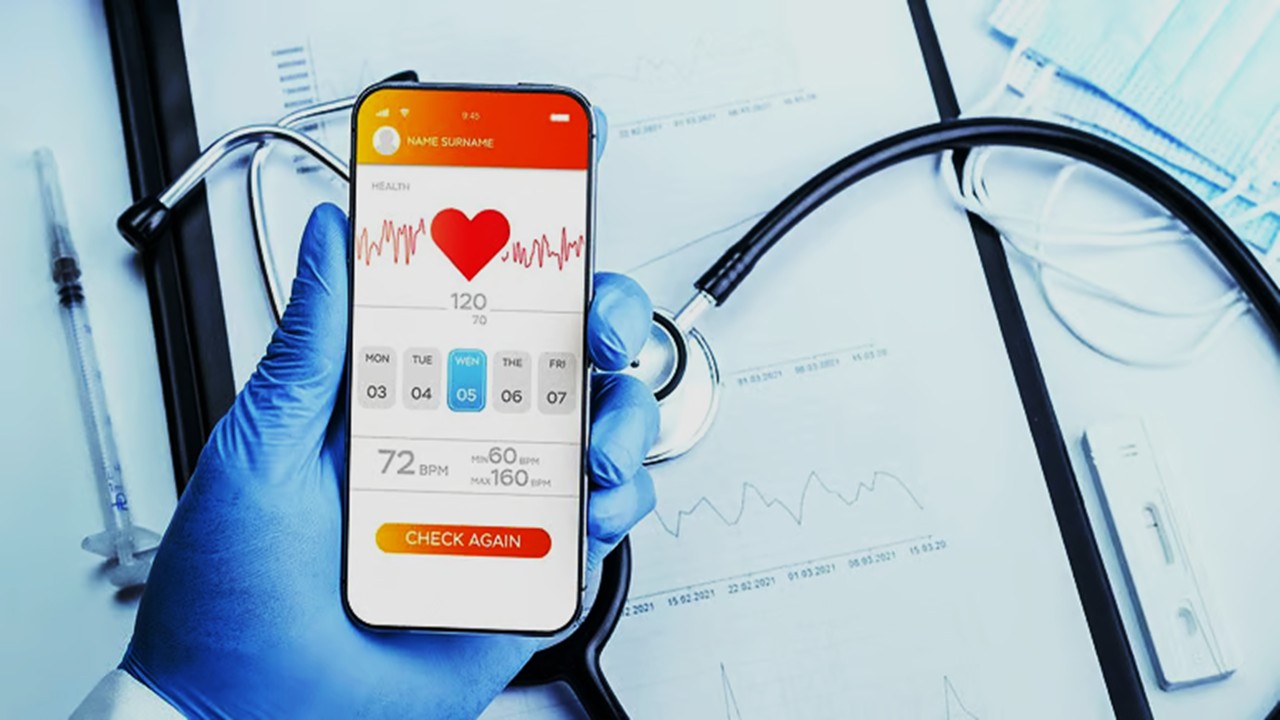
Clinical Operations
Digital Dialogues: The Science of Mobile Apps in Research Communication and Data Capture
The smartphone, once considered a distraction, has become perhaps the most sophisticated instrument in the researcher’s toolkit.

Clinical Operations
Algorithmic Trials: How Decision Theory is Reshaping Decentralized Clinical Research
Decision theory offers a robust mathematical framework to design trials that enhance efficiency, uphold ethical standards, and better reflect the complexities of real-world therapeutic contexts.
Read More Articles
Chemical Gale: How Wind Energy is Reshaping Industrial Manufacturing
The integration of wind energy into chemical manufacturing constitutes a fundamental reimagining of process chemistry.
Polarity Alchemy: Strategic Charge Manipulation in Contemporary Drug Design
The future promises tunable therapies with polarity adjustable by light, magnetic fields, or bioorthogonal triggers.
